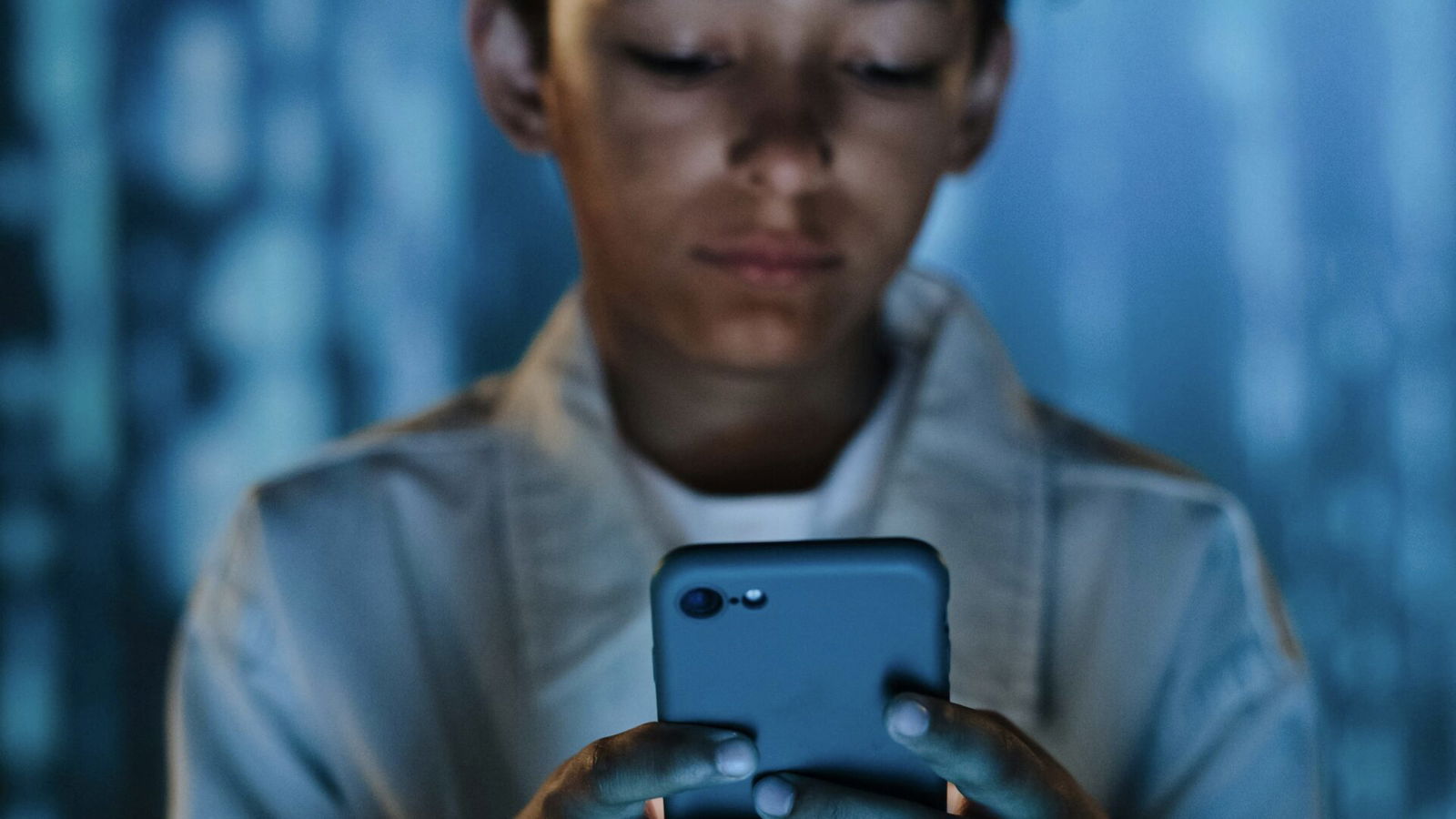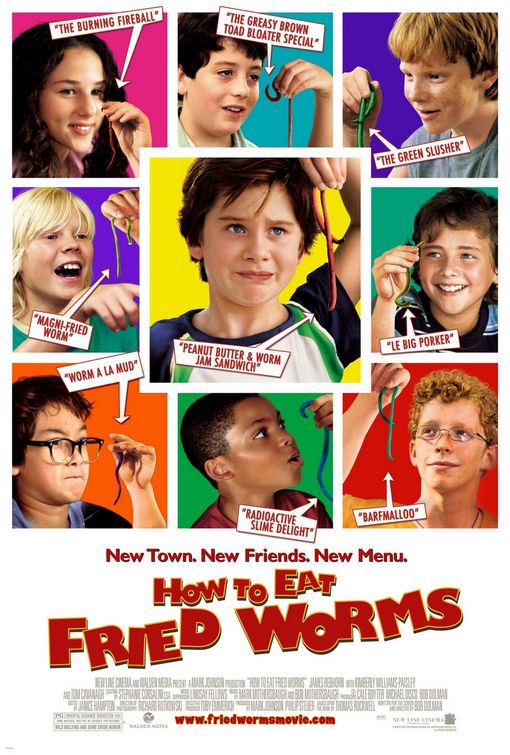
How to Save Your Kids from a ‘Phone-Based Childhood’
By Movieguide® Contributor
Is your child living a “phone-based childhood”?
Although some schools are slowly implementing rules around technology use in the classroom, children still use screens in almost all other areas of life — to their detriment.
Jonathan Haidt, a social psychologist and author of “The Anxious Generation,” believes the mental health crisis plaguing younger generations especially began with the rise in smartphone use.
“The companies had done little or no research on the mental health effects of their products on children and adolescents, and they shared no data with researchers studying the health effects,” he explained. “When faced with growing evidence that their products were harming young people, they mostly engaged in denial, obfuscation, and public relations campaigns.”
Haidt continued, “By designing a firehouse of addictive content that entered through kids’ eyes and ears, and by displacing physical play and in-person socializing, these companies have rewired childhood and changed human development on an almost unimaginable scale.”
READ MORE: IS IT REALLY THAT BAD IF KIDS HAVE SCREEN TIME?
As screen time and social media use grew, rates of suicide and depression skyrocketed. The Independent reported:
Between 2010 and 2015, suicide rates among 10 to 14-year-old girls and boys increased by 167 and 92 per cent respectively. Self-harm rates for teenage girls in the UK soared by 78 per cent. Anxiety diagnoses for those aged 18 to 25 jumped by 92 per cent. During this same five-year period, smartphones reached a majority of US households – they were adopted faster than any other communication technology in human history.
For parents who want to help curb their child’s screen addiction, Haidt recommends a play-based childhood, which is what kids for most of human history had.
“All young mammals play, and they do that in order to give their brain feedback from the world continuously that allows it to wire up into a competent, capable adult pattern. So play is a biological necessity,” he told podcaster Emily Oster.
“But it’s between 2010 and 2015 that everything changes, when they go from flip phones to smartphones with front-facing cameras, unlimited data plans, and now you can be on your phone literally all day long, and some kids are,” Haidt added. “So 2010 to 2015, everything changes, the play-based childhood is gone. And now most kids have a phone-based childhood.”
The Mayo Clinic recommends these six tips to help limit your child’s screen use:
- Be accountable.
- Be realistic.
- Be engaged.
- Put hand-held devices away.
- Create phone-free zones in the home.
- Go outside.
The American Academy of Pediatrics also suggests using its “5 C’s” to evaluate what kind of screen time is appropriate.
Haidt has hope, though.
“We talk a lot about 2012 as (roughly) the year when the adolescent mental health crisis began. We think that 2024 will be remembered as the year it began to reverse,” he wrote on his Substack. “We are in the middle of a tipping point, a culture change, a vibe shift about the dangers of a phone-based childhood and the importance of free play and childhood independence.”
READ MORE: SET YOUR CHILD UP FOR SUCCESS WITH THESE SCREEN TIME FACTS



 - Content:
- Content: 

